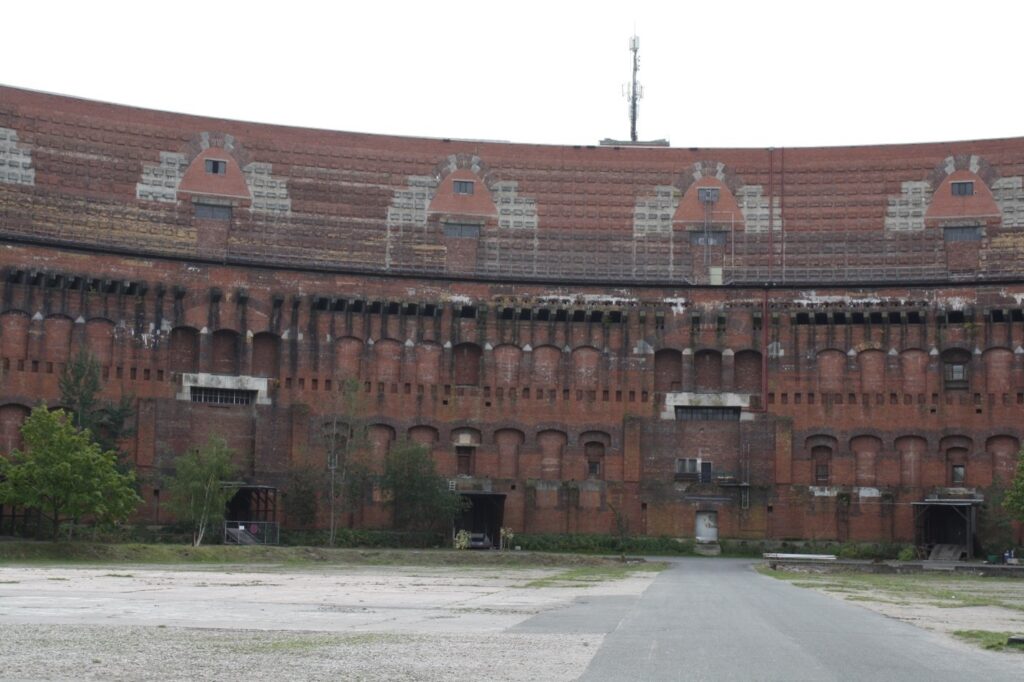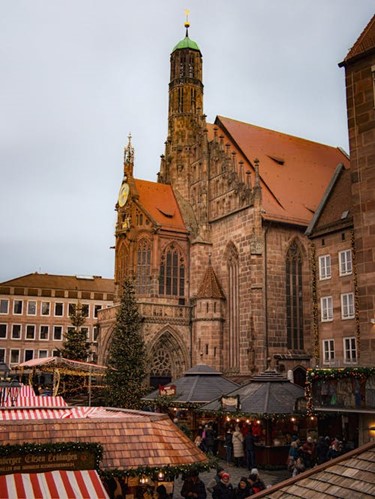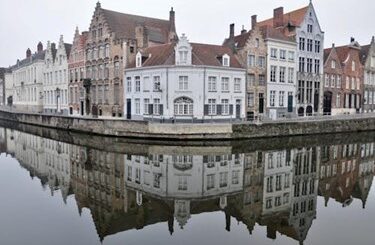Nuremberg

Travel Advice for Seniors: Nuremberg
While a beautiful city with many important historical sites including the Imperial Castle, the Germanic National Museum and important Renaissance artist Albrecht Durer’s house, Nuremberg is mostly remembered for its unfortunate past and role in World War II.

A favorite of Hitler, Nuremberg was chosen as the location to launch the Nuremberg Laws and the location of many political rallies. The Nuremburg laws were enacted in 1935 and were about protecting and encouraging the German race and forbidding intermarriage with Jewish citizens. The laws further stated that only those of pure German blood could be Reich citizens.
Further, a series of rallies were held in Nuremberg from 1923 to 1938. They played a central role in dispensing Nazi propaganda, giving the impression of a strong and united German front under Nazism.
Following the war, Nuremberg served as the location of the famous Nuremberg trials to hold Nazis accountable for their war crimes. The four major Allied powers—France, the Soviet Union, the United Kingdom, and the United States set up the International Military Tribunal (IMT) for this purpose. This was the first international war crimes tribunal in history and revealed the true extent of German atrocities.
We had a quick stop in route to Munich for a couple hours of history on the Nazi Party Rally Grounds. Partially accessible.
As a related side note, we had toured one concentration camp in Germany that had been heavily sanitized. There are others in Germany too, but the more authentic concentration camps are in Poland near Krakow, it you truly want to witness the horrors of World War II in Europe. Another interesting aside here, is that most major cities in Europe have a Jewish museum, recognizing the absent Jewish populations after the time of World War II.
After World War II, many Germans felt a collective guilt and denial/shock of the atrocities that had been committed. The younger generation following the war saw it as a new beginning and a way to distance themselves from the past. For the most part, other than learning and questions about historical facts, we kept in-depth moral and political questions to ourselves as is appropriate in any country.
Where we stayed: This was a stop between Bamberg, on the way to Munich.
How we got there: About two hours Nuremberg to Munich. This was part of a ten-day small group tour through Germany with a side trip to Czech Republic.
General Accessibility Information: See notes above. Major tourist sights, newer hotels, and transportation in most major cities are accessible. Call in advance to verify and make specialty arrangements. See our sections on specialty apps and accessible travel for more on accessibility assistance.




